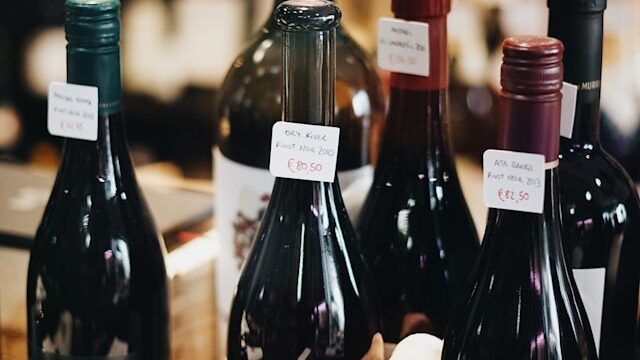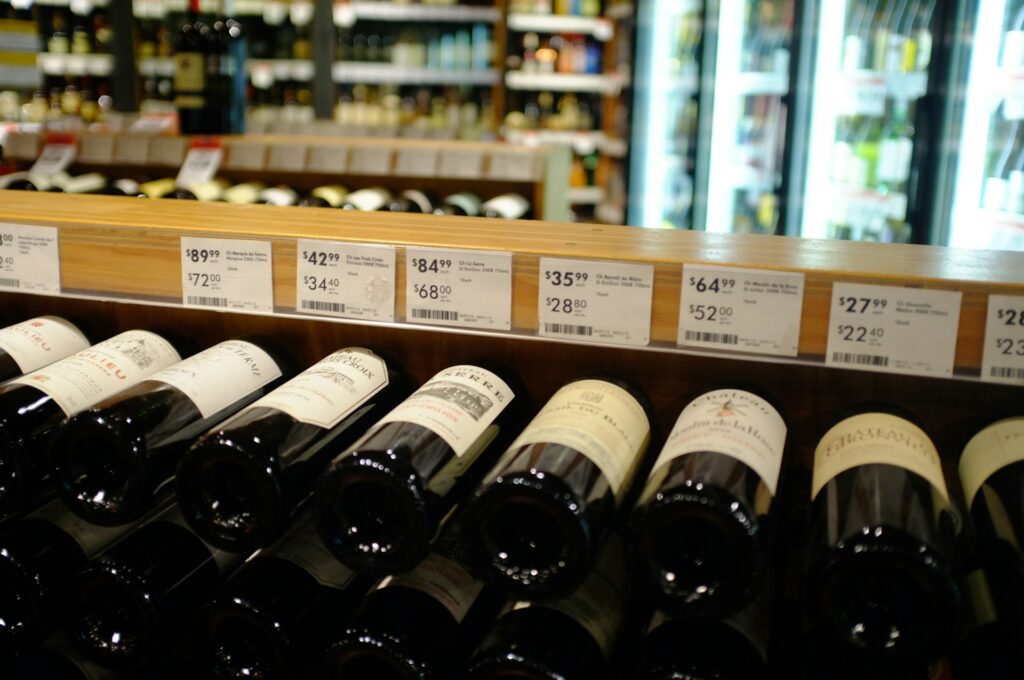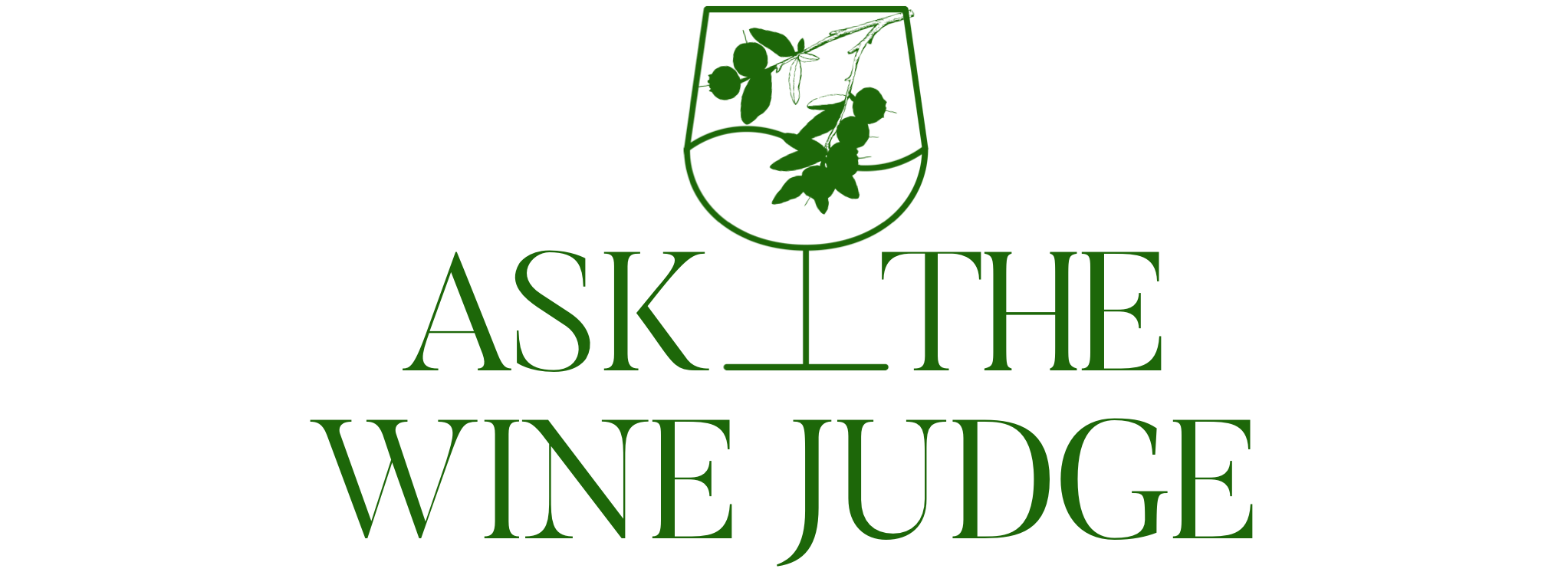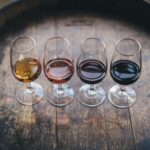Table of Contents
How long does an unopened bottle of wine can last? It’s a common question, especially when you stumble upon a hidden gem in your collection or receive it as a gift. The shelf life of unopened wine can vary greatly. Some wines are meant to be drunk young, while others, like a robust Cabernet Sauvignon, improve with age. But have you ever noticed a printed expiration date on your wine? Unlike perishable food items, wines last considerably longer, and their expiry date is not always set in stone.
Proper storage is crucial to maximize shelf life and ensure that when you finally uncork that bottle, it’s as delightful as the maker intended. Whether your wines last 1-2 years or can be celebrated after decades, maintaining the cork moist and minimizing exposure to oxygen is key. So, how long can wines last if the bottle is unopened and stored at room temperature? And what if the wine were harvested in an exceptional vintage year? Let’s find out.
Understanding Wine’s Shelf Life Unopened
Concerning how long wine will last, rosé and sparkling wines typically have a shorter shelf life, unlike their red and white counterparts. But even within these categories, there’s variation. For instance, sparkling wines are known for their lively bubbles and are best enjoyed within a few years of their production to maintain that effervescence.
Factors Influencing Longevity
Several factors determine how long wine will last, particularly when unopened. The type of wine plays a significant role, with rosé and sparkling generally having a shorter lifespan due to their delicate nature. But, regardless of type, the way wine is stored before opening can either extend or diminish its longevity.
Wine Type and Its Impact on Long-Term Storage
Not all wines are created equal when it comes to long-term storage. The chemical reactions occurring within the bottle are influenced by the wine’s inherent properties, including tannin levels and acidity. Proper storage conditions can slow down these reactions, preserving the wine’s quality over time.
Storing your wine appropriately is like ensuring a treasure remains buried safely until you’re ready to uncover its riches. Whether it’s the robust tannins in red wine or the delicate aromatics in white wine, each type demands specific considerations to maintain its integrity. This knowledge is crucial for any wine enthusiast looking to build a collection with longevity in mind.
Packaging and Preservation
Regarding packaging, not only does the bottle shape and color matter but so does the closure type. A screw cap may offer a different level of protection from oxygen compared to a traditional cork, affecting the wine’s aging process. The choice of packaging by winemakers is a careful balance between tradition, market trends, and the science of preservation.
Once packaged, how the wine is treated can mean the difference between a delightful sip and a disappointing one. Mishandling can cause even the most meticulously crafted wine to spoil prematurely.

Shelf Life Variations by Wine Type
Understanding the expected shelf life of different types of wine is key for any wine lover. While some wines are designed to withstand the test of time, others are best savored sooner rather than later. But how can you tell, and what should you expect from each type? Let’s dive in.
Red Wine
Are you thinking of stowing that bottle of red for a special occasion? You’re in luck. Red wines often boast an impressive aging potential. The tannins act as a natural preservative, allowing wines like Cabernet Sauvignon to develop complex flavors over many years. But what about lighter reds, such as Pinot Noir? They too can surprise you with their resilience if given the right conditions.
White Wine
White wines charm with their freshness and vibrant flavors. But how long does this wine will last? Typically, they are best enjoyed within a few years of bottling. The absence of the preservative tannins in red wines means they don’t have the same longevity, so it’s usually not advisable to keep them for decades. However, certain full-bodied whites like Chardonnay can defy this rule and mature beautifully with time.
Rosé
Rosé wines, with their alluring pink hue, are often associated with summer days and immediate enjoyment. While they are not usually known for a lengthy shelf life, when properly stored, they can maintain their charm for a couple of years. But what’s the ideal time to uncork a bottle of rosé to capture its essence? That would be after 2 to 3 years of storage.
Sparkling Wine
Pop! Goes the cork of a bottle of sparkling wine, signaling the start of a celebration. But when does this festive drink reach its expiry date? Unlike still wines, sparkling varieties can lose their signature fizz over time. To enjoy the full effervescent experience, it’s typically recommended to drink them within 2 to 3 years of their release.
Port Wine
Port wine, with its high alcohol content and fortified nature, is a testament to longevity. These rich dessert wines can endure for decades when stored in a cool, dark place. The fortification process, which increases the alcohol content, also helps to preserve the wine, allowing it to develop unique flavors that only time can bestow.
Expert Storage Solutions for Unopened Wine
Ensuring the cork is moist, preventing exposure to oxygen, and understanding how wines last are all parts of the wine storage equation. Knowing the shelf life of unopened wine and how to store it can prevent your cherished bottle from becoming reminiscent of vinegar. But what about dessert wines or those rare finds where the wine was harvested in an exceptional year? How do we keep these treasures from spoiling when the bottle is unopened?
Ideal Conditions for Preserving Wine
When keeping wine in tip-top shape, some say bottles should be stored upright to minimize the wine’s contact with the cork. But is this the best way to preserve your wine for the long haul? Let’s see the conditions that can make or break your wine’s aging process.
Temperature Control: The KEY to Wine Longevity
Temperature fluctuations are the enemy of wine. A stable, cool environment is essential for preserving the integrity of the wine over time. But what is the ideal temperature range? Generally, the ideal temperature for wine is between 52 – 57 degrees Fahrenheit (11-14 degrees Celcius). Anything above 60 degrees Fahrenheit could negatively affect the wine’s quality by causing oxidation.
Wine fridges have become the go-to solution for many wine enthusiasts looking to maintain that perfect temperature sweet spot. You can also use a regular fridge, but ensure you set the temperatures right.
Light Exposure: A Wine’s Foe
Light, especially sunlight, can be detrimental to wine, causing unwanted chemical reactions that can spoil its flavor. So, how does light exposure affect your wine, and what can you do to protect it? For rosé wines, which are often more sensitive to light due to their lighter pigmentation, a proper seal and storage away from direct light is crucial.
Avoiding direct sunlight and harsh artificial light can extend the life of your wine. But what about ambient light in your home? LED lights will not affect your wine – but non-LED lights will. While the light itself will not negatively impact the wine, its heat will cause oxidation.
Best Practices in Wine Positioning and Environment
When storing your wine, it’s crucial to consider the positioning and environment, as these factors can initiate chemical reactions that affect the wine’s quality over time. How you store your wine can either preserve its intended flavors or lead to premature aging. Proper storage is all about maintaining the wine’s integrity from the moment it’s bottled until you’re ready to enjoy it.
To Fridge or Not to Fridge?
Deciding whether to refrigerate your unopened wine depends on the duration of storage. Short-term storage, a few weeks to a couple of months in the fridge is fine. However, the standard refrigerator is not ideal for long-term storage, as it’s often cooler than room temperature and subject to frequent temperature fluctuations. Also, the low humidity could dry out corks, allowing air to seep in and spoil the wine.
Specialized wine refrigerators maintain consistent temperatures and are better suited for longer storage, especially for delicate white and rosé wines. These units offer a stable environment, essential for preserving the wine’s quality until you’re ready to pop the cork. Consider the type of wine and how long you plan to store it when choosing between a fridge and a wine cooler.
Horizontal vs Vertical: The Debate Settled
There’s a clear winner in the debate over positioning your wine bottles: horizontal storage is the way to go. Keeping the wine in contact with the cork prevents it from drying out, ensuring the seal remains properly sealed. This is especially important for wines with natural corks, as a dried-out cork can lead to oxidation and spoilage.
Vertical storage might be space-efficient, but it’s only suitable for short-term solutions or wines with alternative closures like screw caps. For most wines, particularly those you wish to age, horizontal is the optimal choice to maintain the integrity of the wine over the long term.
The Practical Aspects of Wine Preservation
Wine preservation is about creating the ideal conditions for storing unopened wine, which involves regulating temperature, humidity, and light exposure. By following the cardinal rules of wine storage, you can extend the life of your wine, ensuring it remains as the winemaker intended until you’re ready to enjoy it.
The 5 Cardinal Rules of Storing Unopened Wine
When it comes to storing unopened wine, there are five cardinal rules to follow. First, keep the wine at a stable temperature, cooler than room temperature, to slow the aging process. Second, ensure the humidity level is sufficient to prevent the cork from drying out. Third, store the wine horizontally to keep the cork moist and properly sealed. Fourth, minimize light exposure, particularly direct sunlight, which can degrade the quality of the wine. Lastly, for rosé wine and other wines sensitive to temperature fluctuations, consider investing in a wine storage solution like a specialized cooler.
These rules are essential for any wine storage strategy, whether keeping a few bottles of unopened white wines for special occasions or building a collection to age. By adhering to these guidelines, you can maintain the wine’s integrity, preserving its flavors and complexity for when it’s time to uncork and enjoy.
To Uncork or Not: Assessing the Right Moment
Assessing when to uncork a bottle can be as important as wine storage itself. Factors such as the wine’s varietal, vintage, and the winemaker’s intentions play crucial roles. Some wines are crafted for immediate enjoyment, while others benefit from patience, developing depth and nuance over time.
Consider the characteristics of the wine in your possession. A robust red may mellow and mature beautifully, while a zesty white might be best enjoyed for its youthful vibrancy. Research, coupled with understanding the details of your collection, will guide you in choosing the perfect moment to uncork and savor each bottle’s unique journey.

Final Thoughts: Maximizing Your Wine’s Potential
Ensuring your wine reaches its full potential is simpler than you might think. Have you ever wondered if storing wine in a cool, dark place is as important as they say? The truth is, it makes all the difference. Wines thrive in stable environments, where temperature and light are carefully controlled. By avoiding the common pitfalls of heat and fluctuating conditions, you can preserve the intricate flavors and aromas the winemaker intended. Isn’t it worth it to give your wine the chance to show off its best characteristics?
Remember, the journey to enjoying a great bottle of wine doesn’t end at the purchase—it’s just beginning. Do you know when the perfect moment to open that special bottle is? Trust your instincts, but also be mindful of the wine’s age and type. And when you do decide to uncork, take a moment to savor the experience. After all, isn’t the anticipation just as delightful as the first sip? By following these simple guidelines, you’ll enhance your wine-drinking experience and honor the craft and story behind each bottle.

Sed non elit aliquam, tempor nisl vitae, euismod quam. Nulla et lacus lectus. Nunc sed tincidunt arcu. Nam maximus luctus nunc, in ullamcorper turpis luctus ac. Morbi a leo ut metus mollis facilisis. Integer feugiat dictum dolor id egestas. Interdum et malesuada fames ac ante ipsum primis in faucibus.




